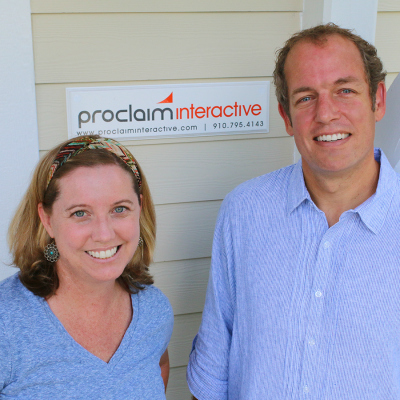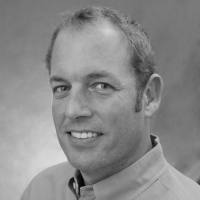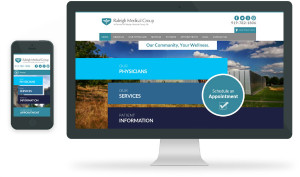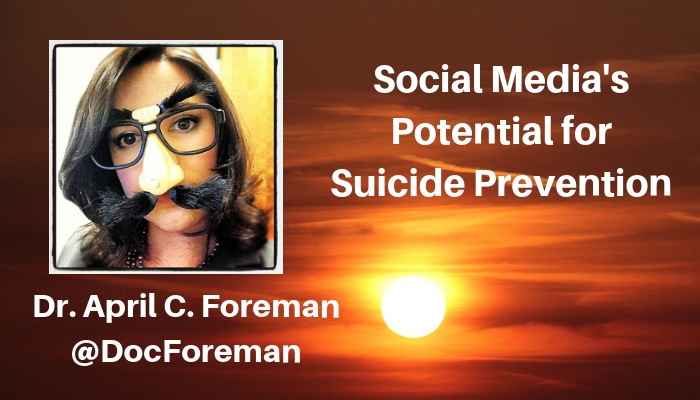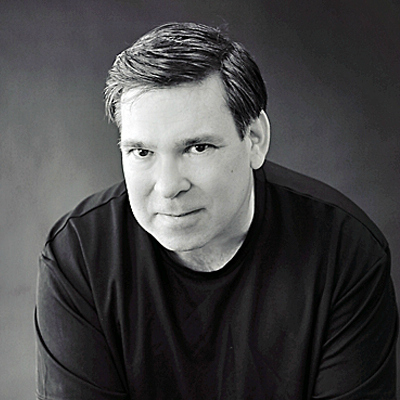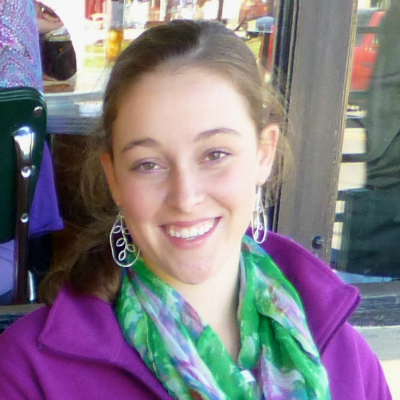Pharmacists and Social Media – Brian McDonald
Who should be at the table when discussing healthcare in social media? Ideally, everyone who impacts patient health from the patient themselves to the caregivers, caretakers, hospitals, insurance companies, wellness practitioners, and more. One of the integral members of the discussion is, and should be, the pharmacist. That may not always be the case as pharma companies and pharmacists are extremely cautious when engaging (or not) in social media.
Get Social Health invited Brian McDonald, Digital Marketing Manager of Parata Systems to talk to us about some of the issues that may be holding back pharmacists from fully engaging online.
To follow key points in our discussion, here is a time stamp of the interview:
00:45 Introduction
03:00 The pharmacist’s role
04:50 Pharmacist’s contact with patients
06:00 What is pharmacy automation?
07:05 “The Pill Ritual”
11:00 How the Parata pill automation system works
14:50 Thought Leadership for pharmacists
19:38 What is the state of social media use among pharmacists?
22:53 How can pharmacists participate in social media in regard to privacy and HIPAA compliance?
25:00 Do pharmacists have a preference for long form (blog) or short form (Twitter) communication?
27:55 What about drug misinformation in social media?
32:30 Are there pharmacy related tweet chats?
35:29 Next Generation Pharmacist Awards
37:48 Social Media Tip from Kimberly Wessel from Valassis Communications
Visit our resources page for more valuable (and free!) resources on social media and digital health
Parata Systems: Pharmacy automation company
White board video that explains how recent changes, including Affordable Care Act raise the need for the discussion about how to reduce unnecessary cost such as readmittance to hospital due to medication non-adherence.
Infographic that presents research data points to support the ACA discussion.
 eBook that allowed us to dive deeper into where pharmacists will play vital role in healthcare and use technology to get them there faster.
eBook that allowed us to dive deeper into where pharmacists will play vital role in healthcare and use technology to get them there faster.
Next Generation Pharmacist Awards are being held in Boston on August 24, 2014. Co-founded by Parata and Pharmacy Times, this national awards program honors pharmacists, technicians, students and industry advocates who are defining the future of pharmacy. Since 2010, more than 100 pharmacy leaders have been named finalists or winners.
Twitter Chat: #RXChat
Podcast: Play in new window | Download


